Red Light therapy is a technology that uses light waves of a specific wavelength to stimulate cellular processes, promoting wellness and healing.
This particular type of therapy is proving to be a powerful natural rival to the artificial remedies that large pharmaceutical companies produce and market every day, but in some cases it can also be a viable alternative to heavy surgery.
The surprising thing is that many people with ACNE still prefer to rely on artificial or even more invasive remedies, such as using powerful lasers on their skin, when all it takes is a few therapeutic sessions with Red Light lasting just a few minutes every day and your problem will vanish, as if you never had those awful yellow pimples on your face.
Although RLT is still being discussed by the scientific community, there are already many demonstrations and scientific articles proving its effectiveness and there are many people around the world who can testify to the beneficial effects that Red Light has been able to bring into their lives.
But let's see how it all started… Who Invented Red Light Therapy? Who Discovered it?

The first experience that proved that a therapy based on the use of Red Light devices could exist is attributed to Endre Mester, a Hungarian physicist who was conducting an experiment in his laboratory in 1967. The aim of this experiment was to understand how the cells of a cancer patient reacted to radiation exposure. To do this, laboratory mice were used whose hair was shaved off before surgical incisions were made. Although this was not the purpose of the research, the physicists observed that the mice subjected to Red Light laser therapy had faster hair regrowth and the wounds resulting from the surgery had healed much faster than normal. From this point on, Dr. Mester began treating his patients with special skin conditions using therapeutic Red Light.
The big discovery, however, came accidentally about twenty years later.

In fact, in the late 1980s, NASA was conducting experiments that aimed to stimulate plant growth in the universe using Red Light LED devices. This experiment produced positive results for both the plants and the researchers, who noticed that the abrasions on their hands or arms faded much more quickly when exposed to the Red Lights used for plant organisms.
This is the story of how NASA accidentally stumbled upon Red Light Therapy, and this discovery was the spark that then led them to conduct research into using RLT to remedy the problems astronauts encountered in space, such as the slow healing of wounds or the atrophy of muscles and bones that affects the human body in weightlessness.
In parallel with NASA, the scientific community also started conducting experiments to find out what other problems or pathologies Red Light Therapy could solve.
It was not until 2002 that the FDA, Food and Drug Administration, approved the first low-intensity Red Light device and over the years it has continued to approve more and more devices such as NoMore's
To date, Red Light Therapy has been proven to be an effective remedy to treat conditions such as ACNE, inflammation, speed wound healing, improve skin quality, promote scalp regrowth, and much more. See 'Red Light Therapy is good for' for more information.
So even though RLT has long been known but still poorly understood, it can be safely used for certain physical or pathological conditions as it has been proven effective and risk-free when used consciously. The advice is always to consult your dermatologist or doctor of choice who will be able to give you the best advice for your health.

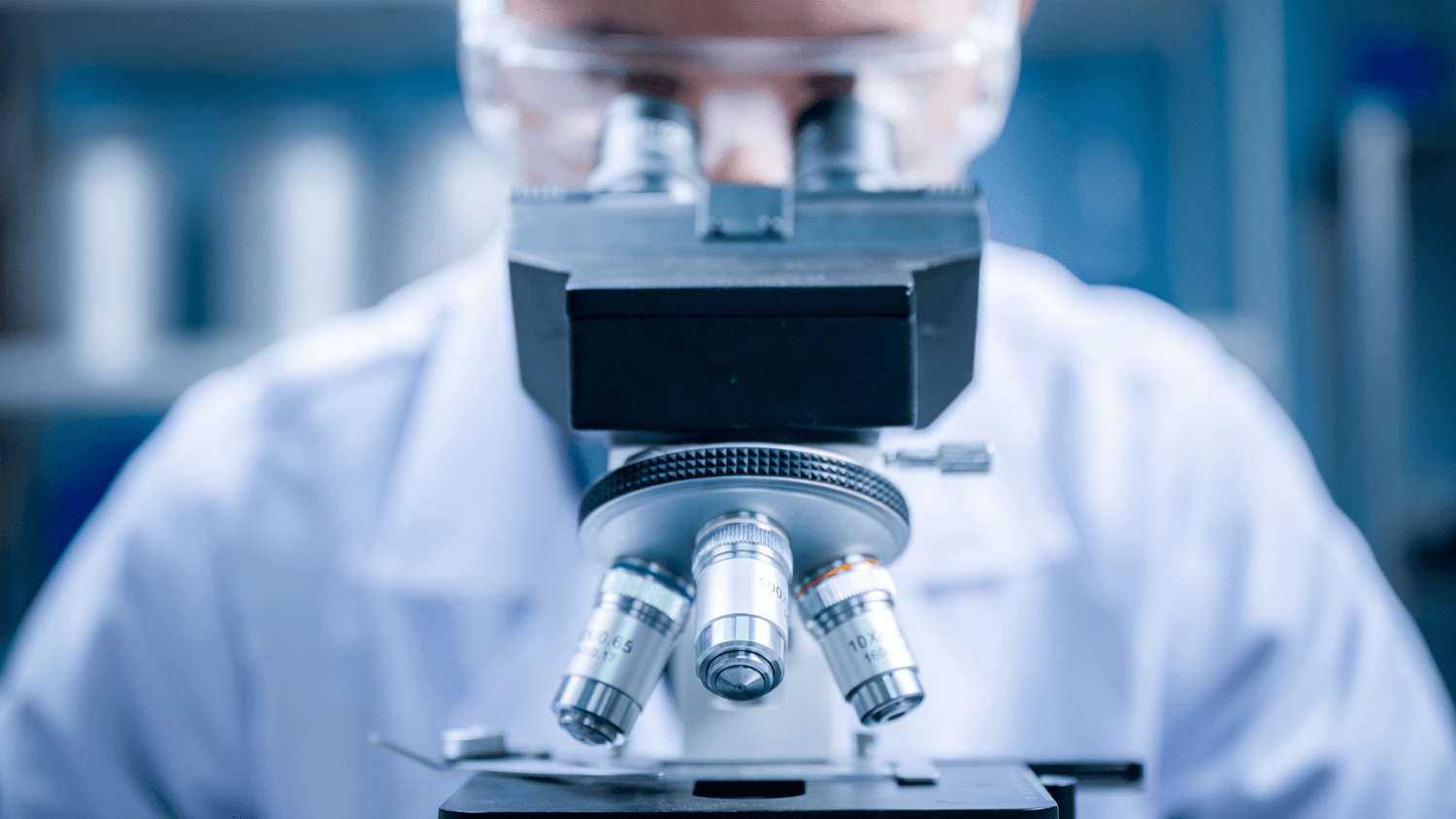
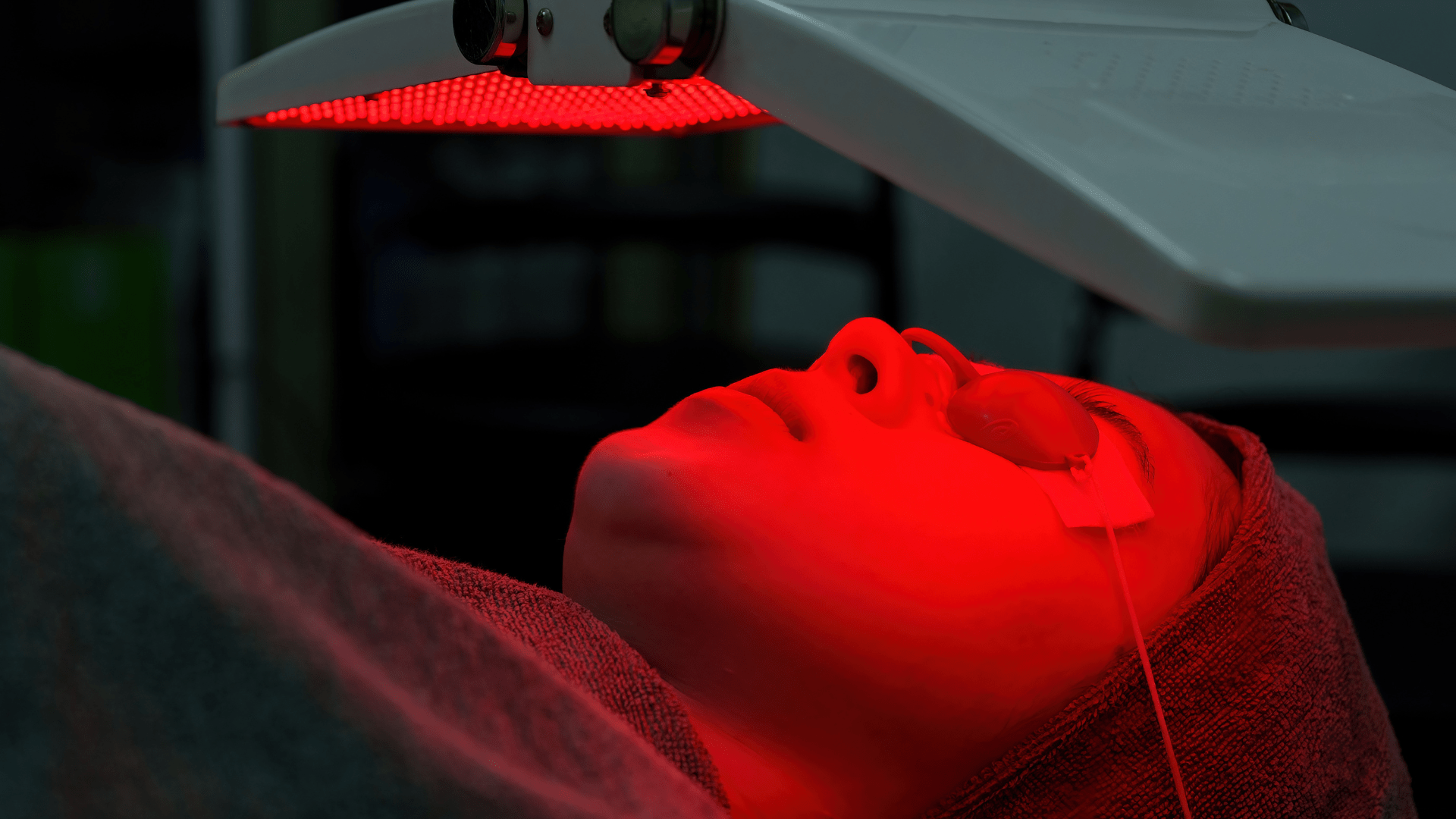
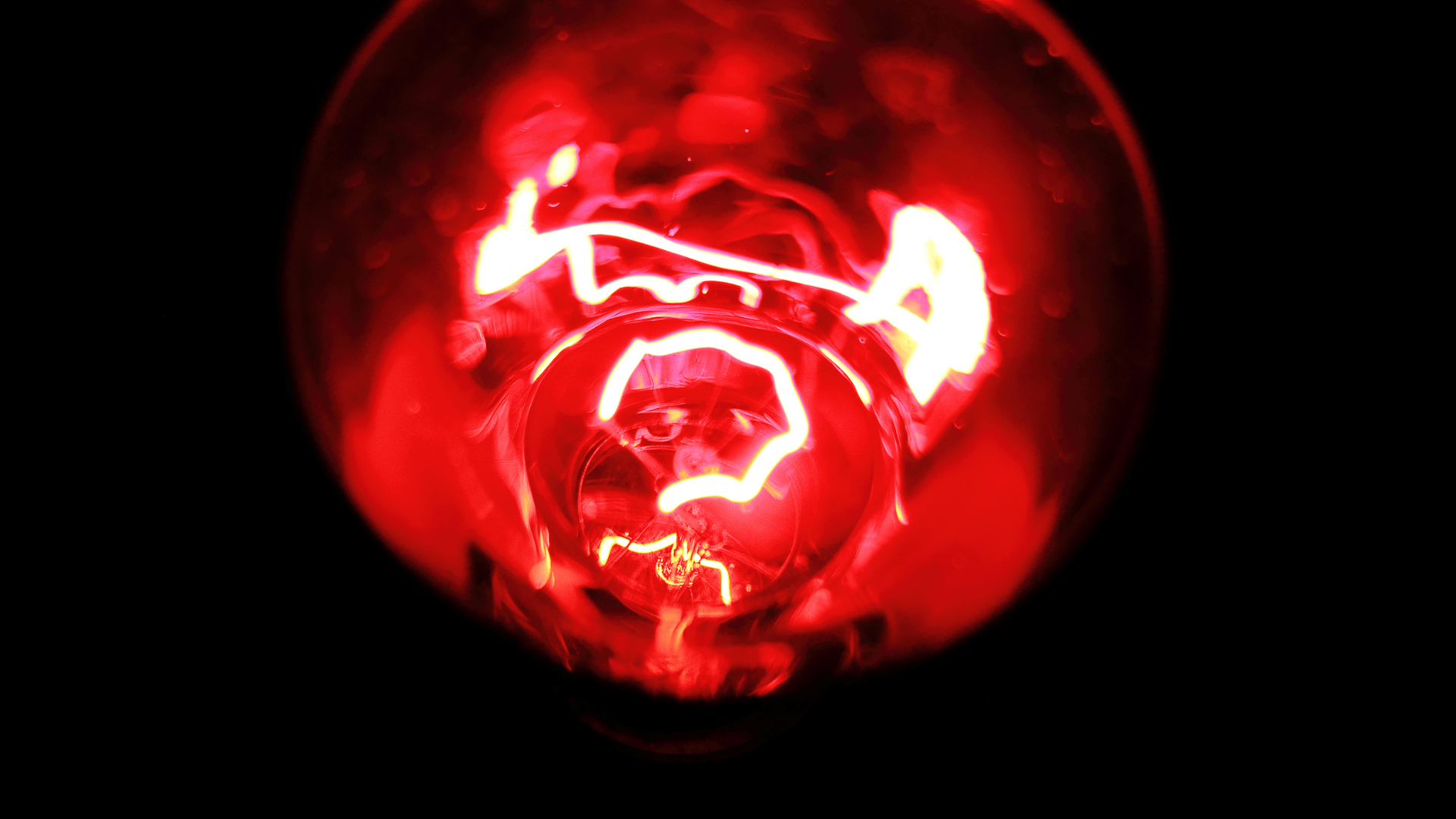

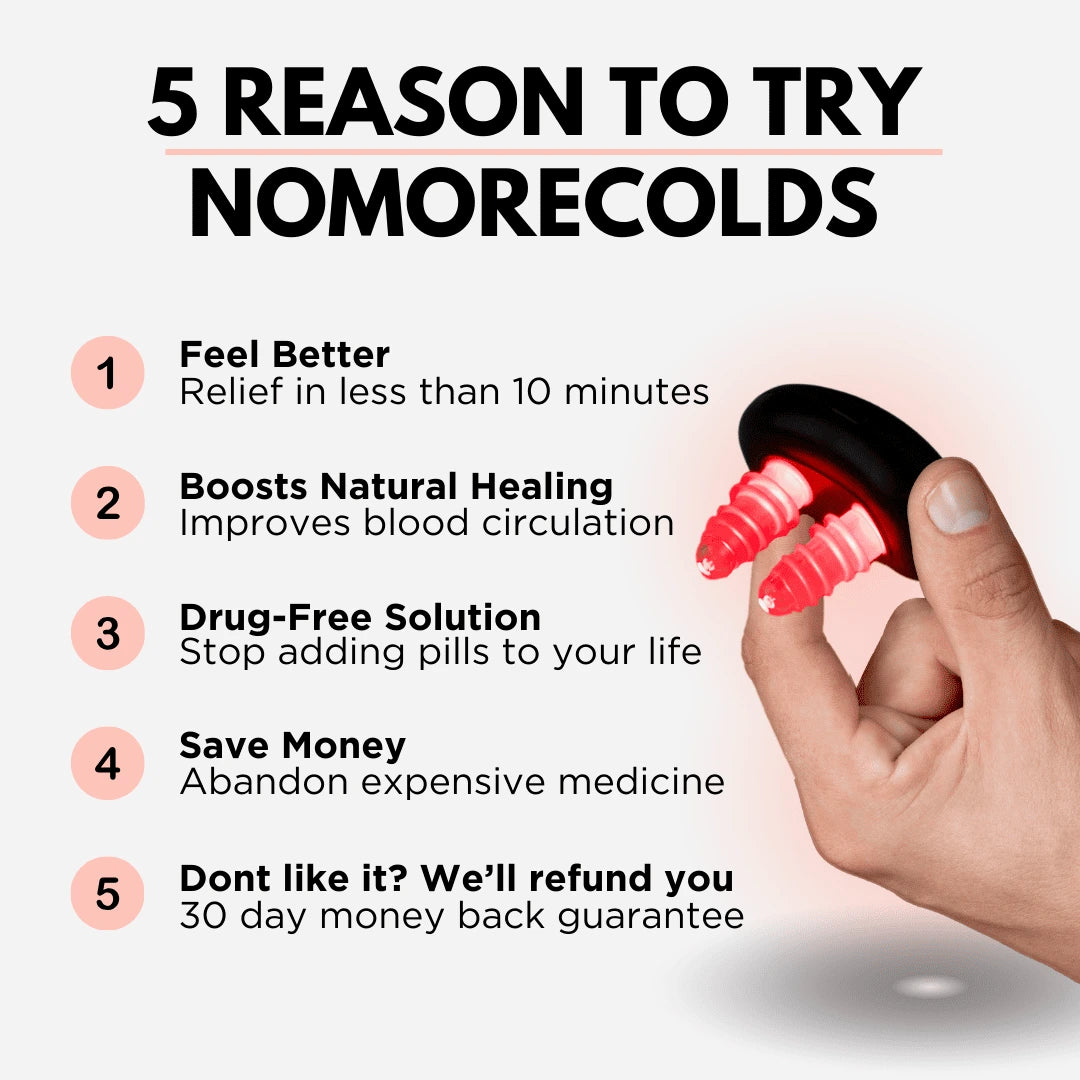
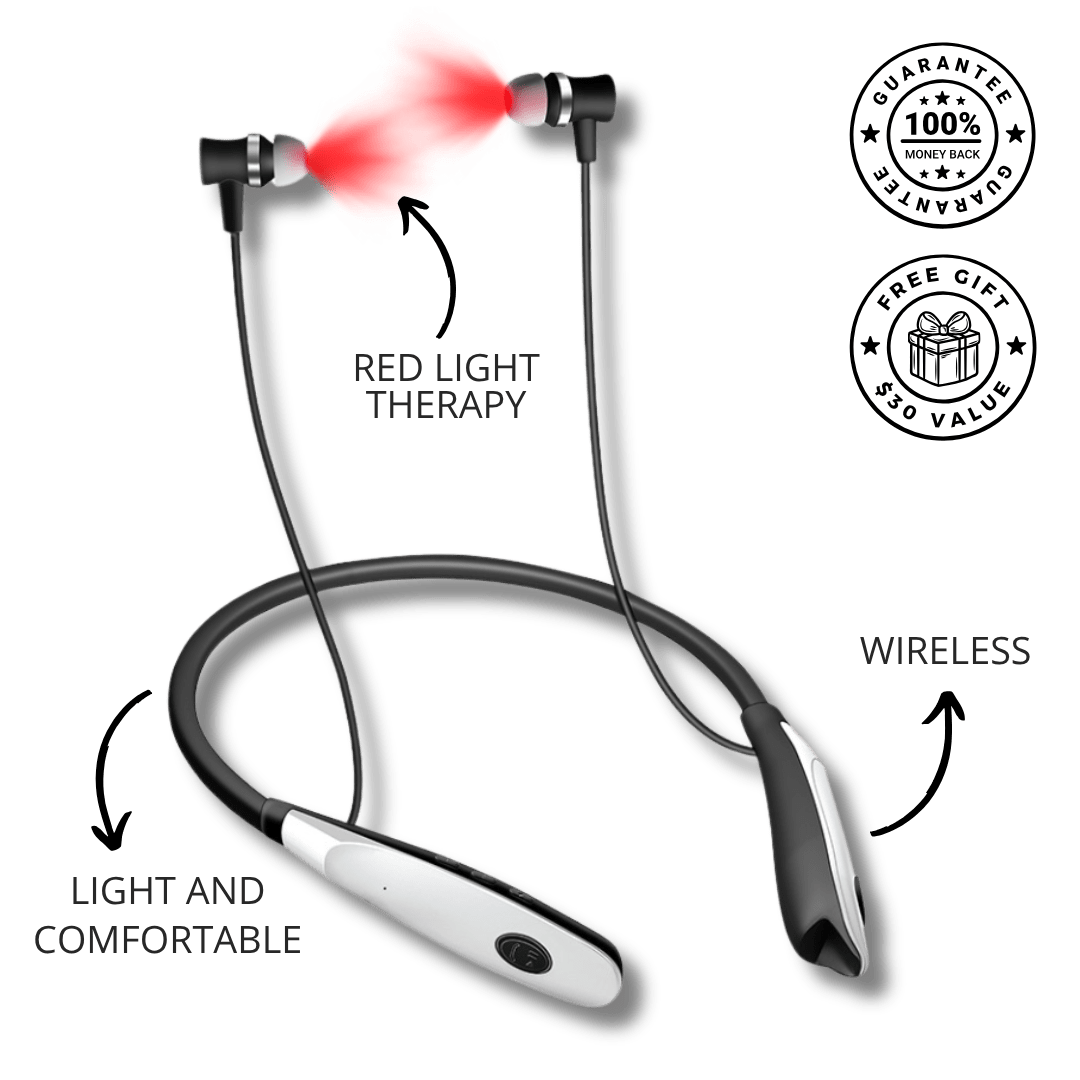
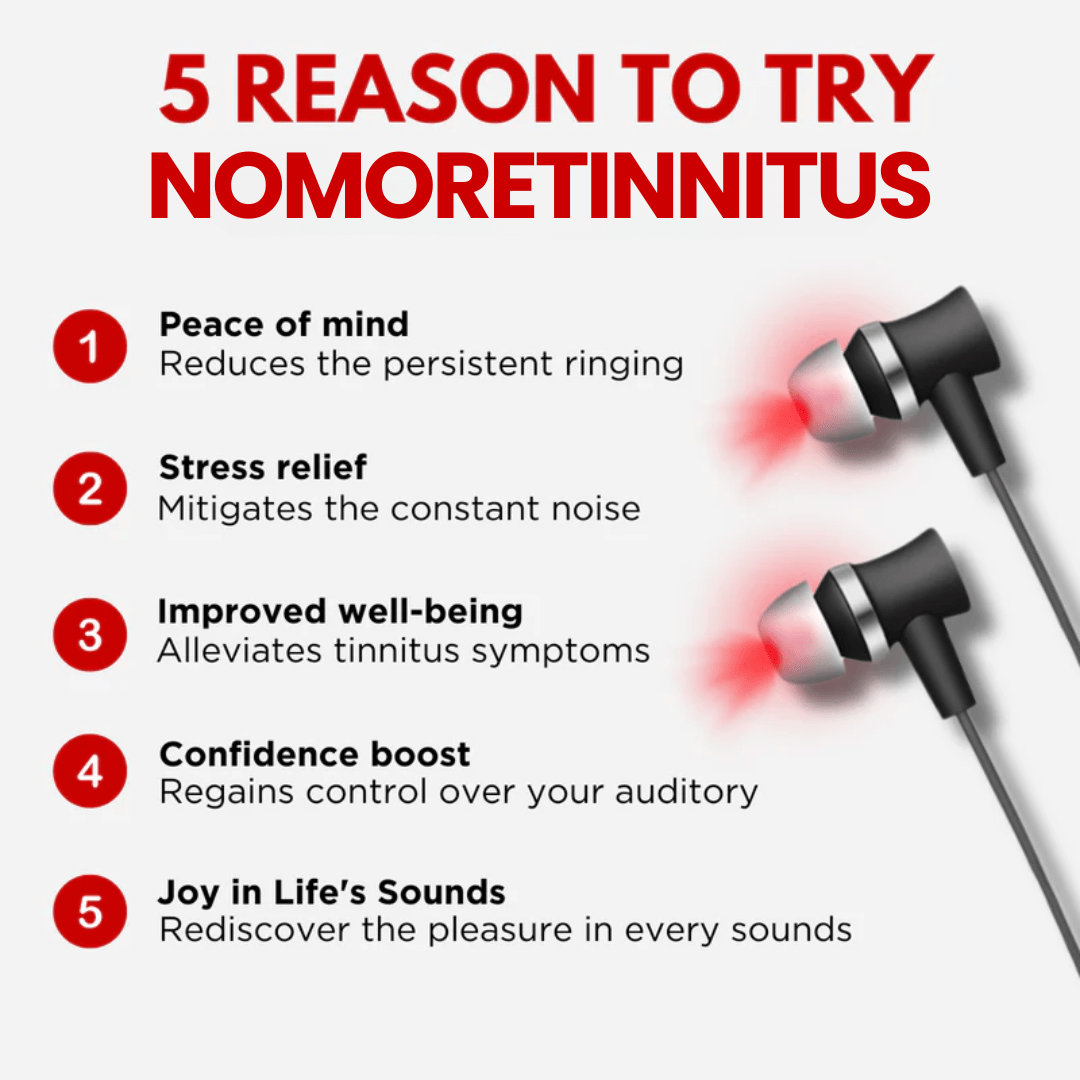
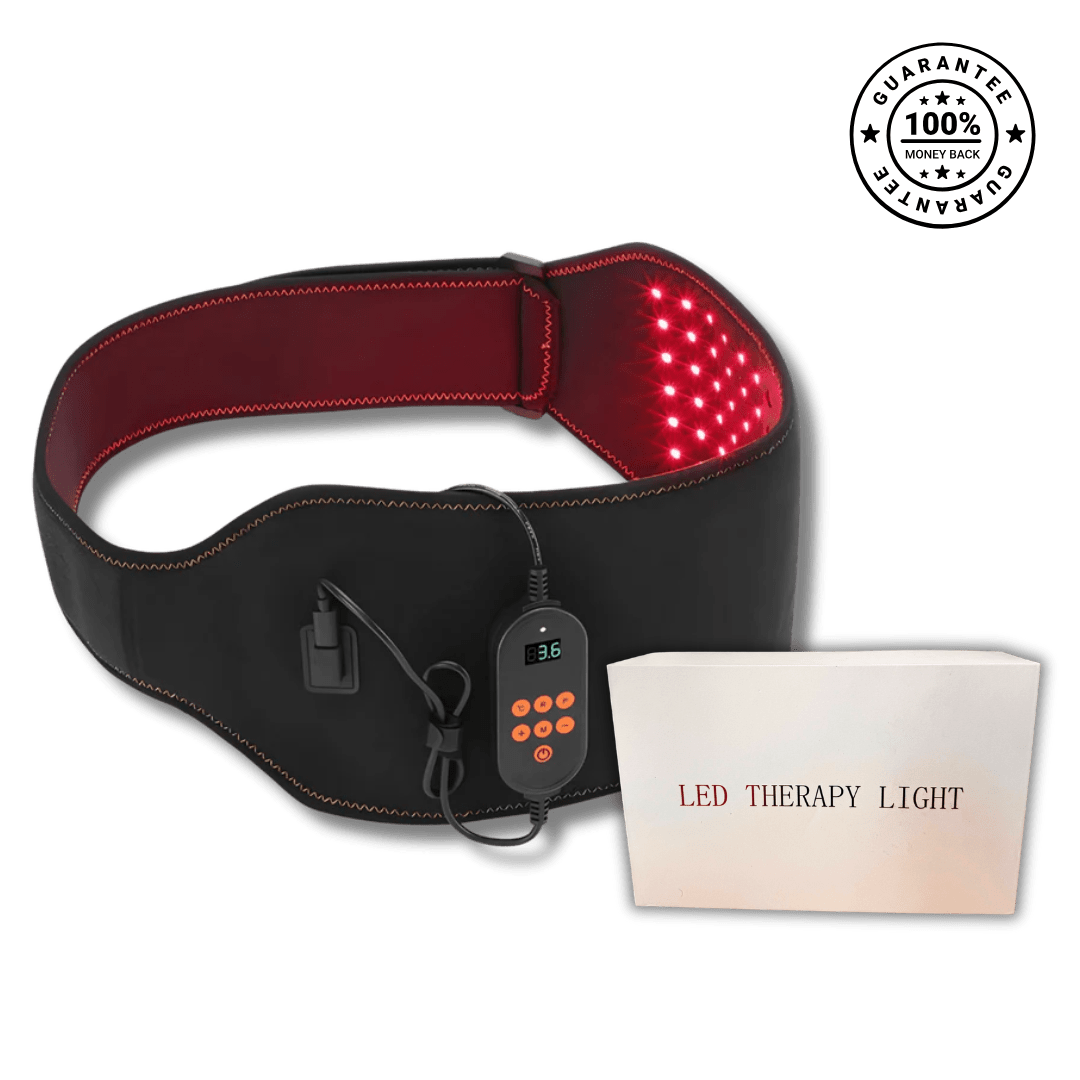
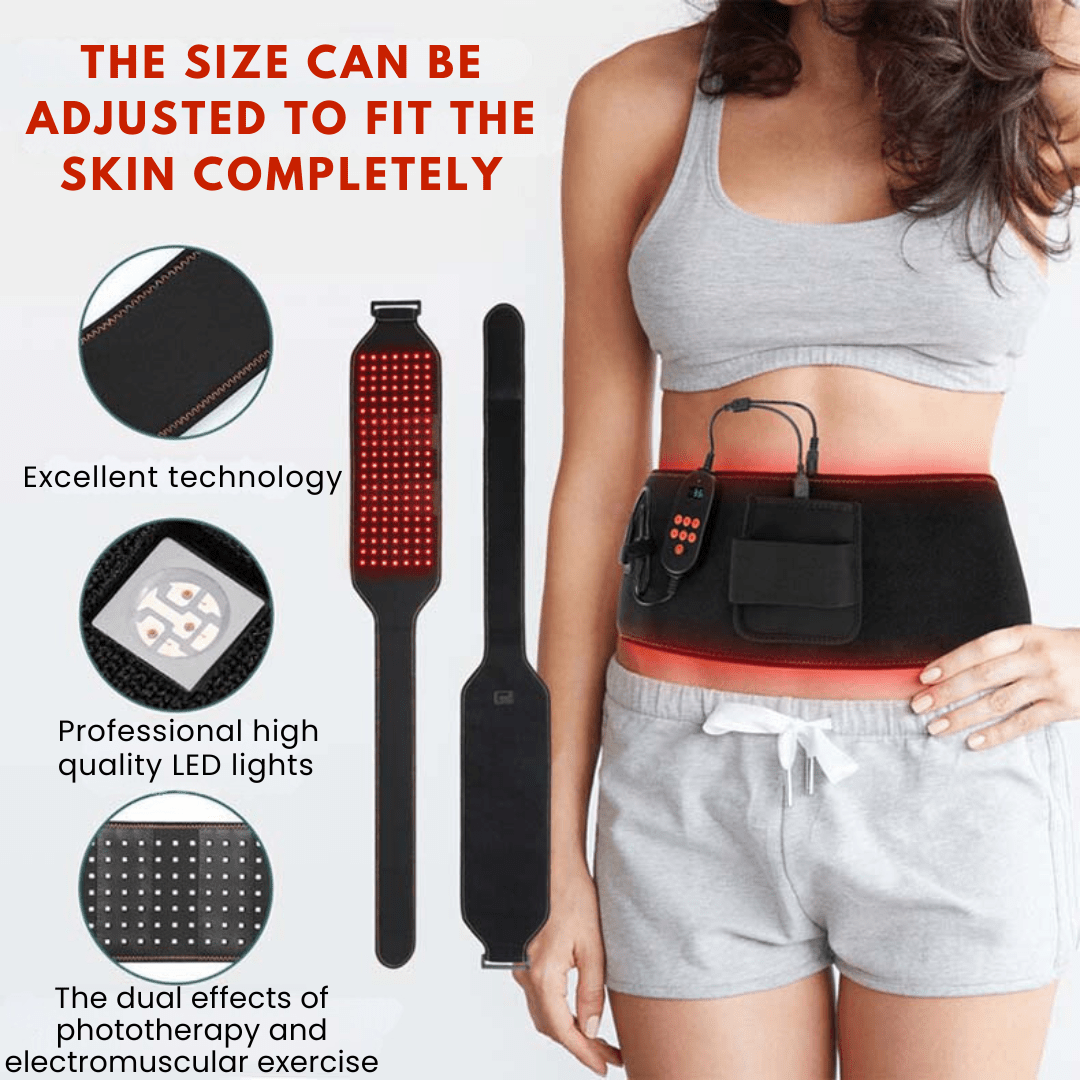
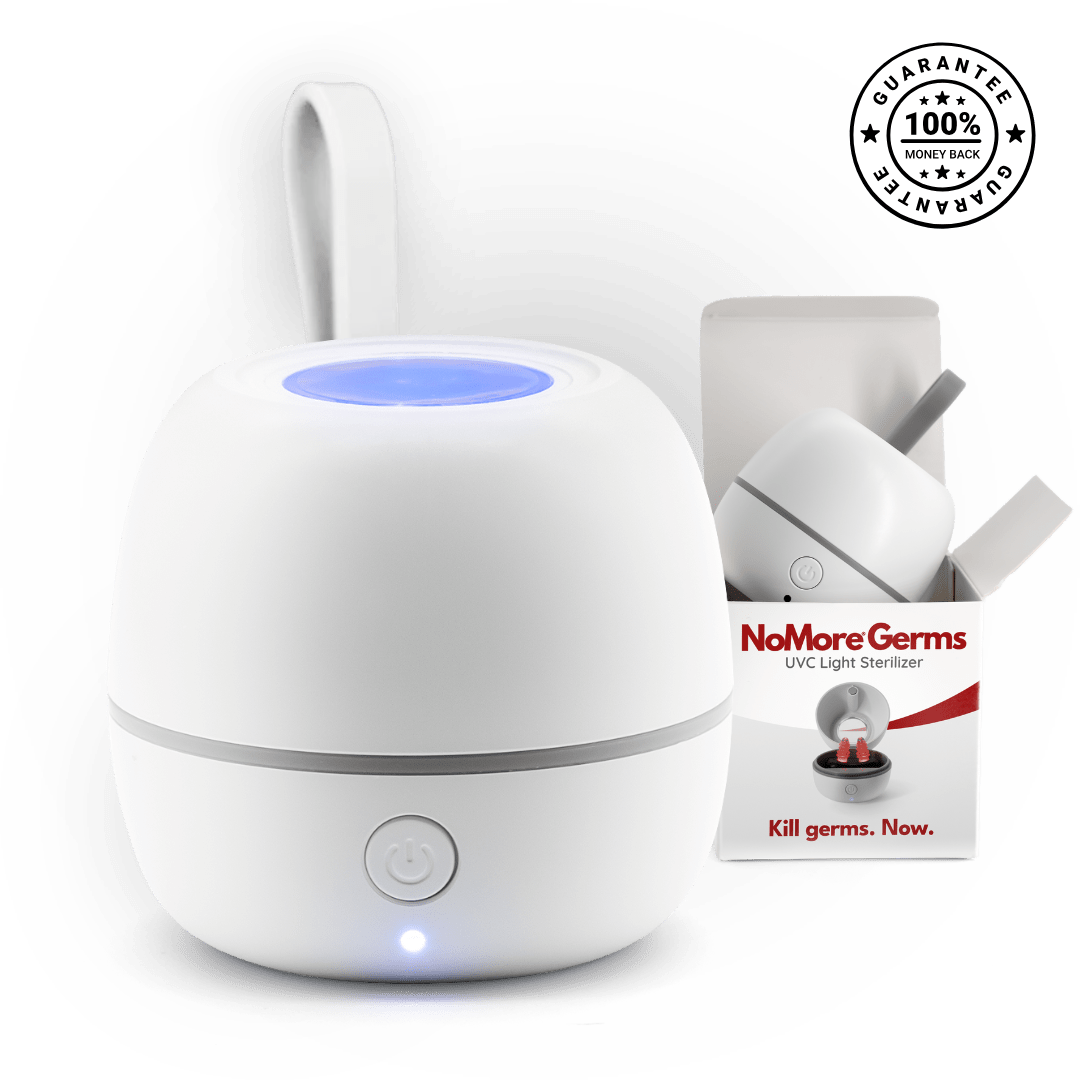

Leave a comment
All comments are moderated before being published.
This site is protected by hCaptcha and the hCaptcha Privacy Policy and Terms of Service apply.